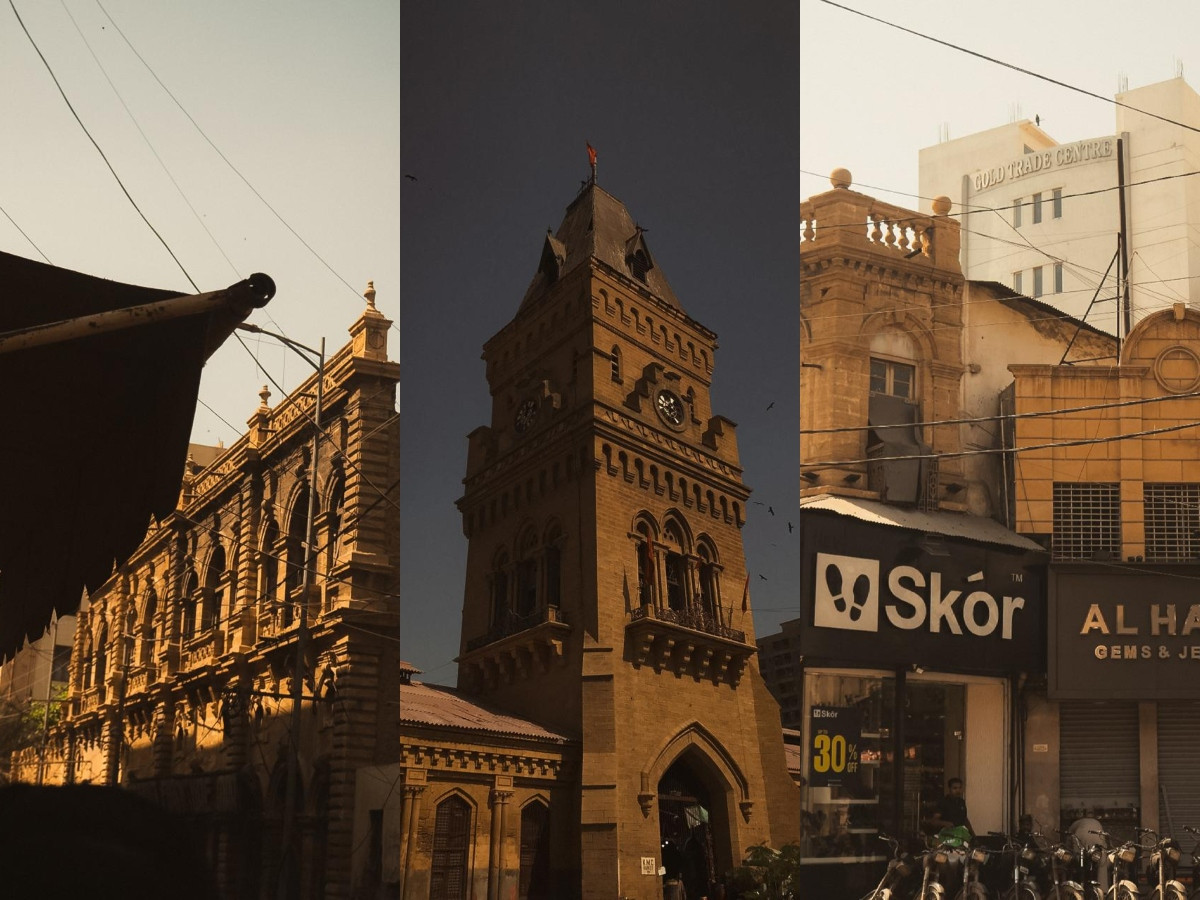
Tracing roots in a tired city: A heritage walk through Karachi
Amma would listen to Sharafat Ali Khan on a Sunday, remembering Naani, while Naana would get teary-eyed hearing this particular phrase, lost in memories of her.
"Tu mujhe chor kar chali bhi gayi, khair, qismat meri, naseeb mere,
ab main kyun tujh ko yaad karta hoon, jab tere sheher se guzarta hoon."
(You left me and went away—well, that's my fate, my destiny. Why should I remember you now, when I pass through your city?)
Amma, too, would feel a profound grief stirred by those words of love. But I would always listen to this song thinking how beautiful it is to have remnants of a lover scattered across the city, experiencing different emotions as you walk by those familiar streets.
As a member of an immigrant community in this city, for the longest time, I have felt foreign in my own skin, trying to find a sense of belonging.
Sometimes in the form of hanging out at the cafes with my friends, sometimes reading the literature in my second language, Urdu, sometimes it is acceptance of the fact that maybe I will never fully belong anywhere, but the stories I tell will stay alive everywhere.
However, this Saturday, I experienced a sense of belonging while walking through the streets I’ve passed by for years. After all, who doesn’t know Saddar—its endless traffic jams, often seen as both a nuisance and the very essence of Karachi? But perspective changes with time.
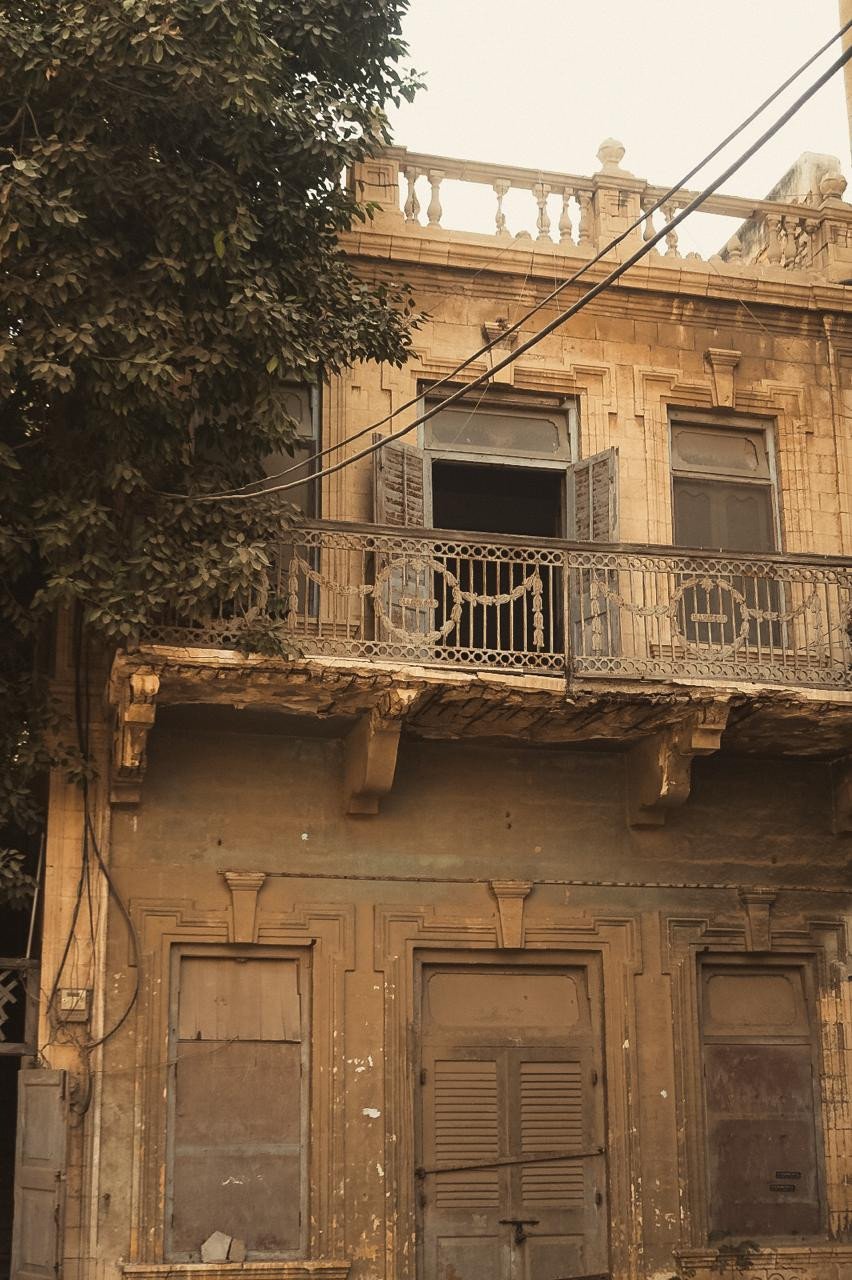
As I walked those familiar streets as a 24-year-old writer, camera in hand, I saw them differently—through the eyes of an amateur capturing moments that once seemed ordinary.
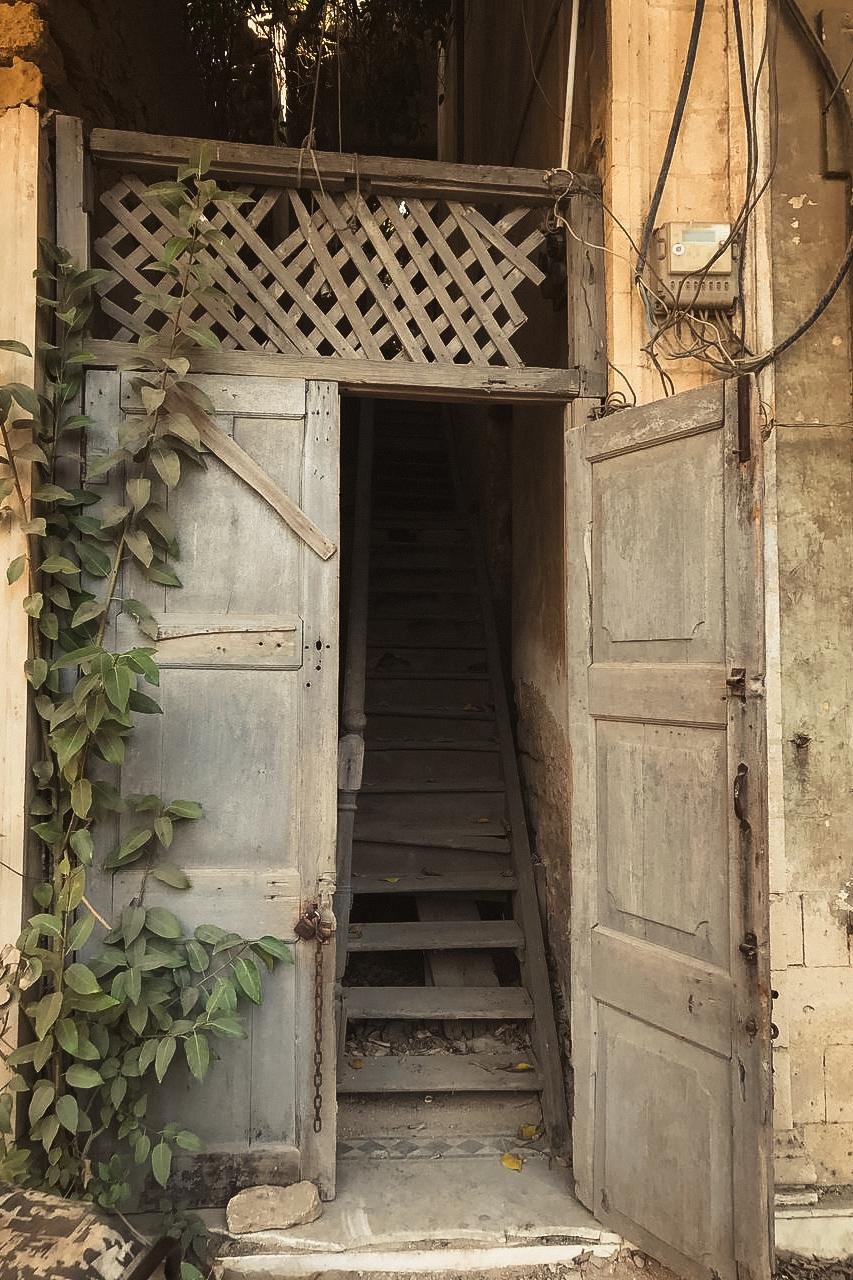
This city, to me, is like a healthy relationship—constantly evolving, living through countless lives, yet never losing its hustle and bustle. It shelters people, helping them carve out their own identities, and offers poetic inspiration at every corner. If you look closely at the people in this city, everyone has a dream, which is one of the most beautiful things about this city.
This Saturday was different.
I joined an Urban Heritage Walk in Karachi, organized by Kitab Ghar in collaboration with Lahore Awargi. Our walk began in the heart of Saddar—a district both vibrant and weary from decades of stories carried by its dust and stone.
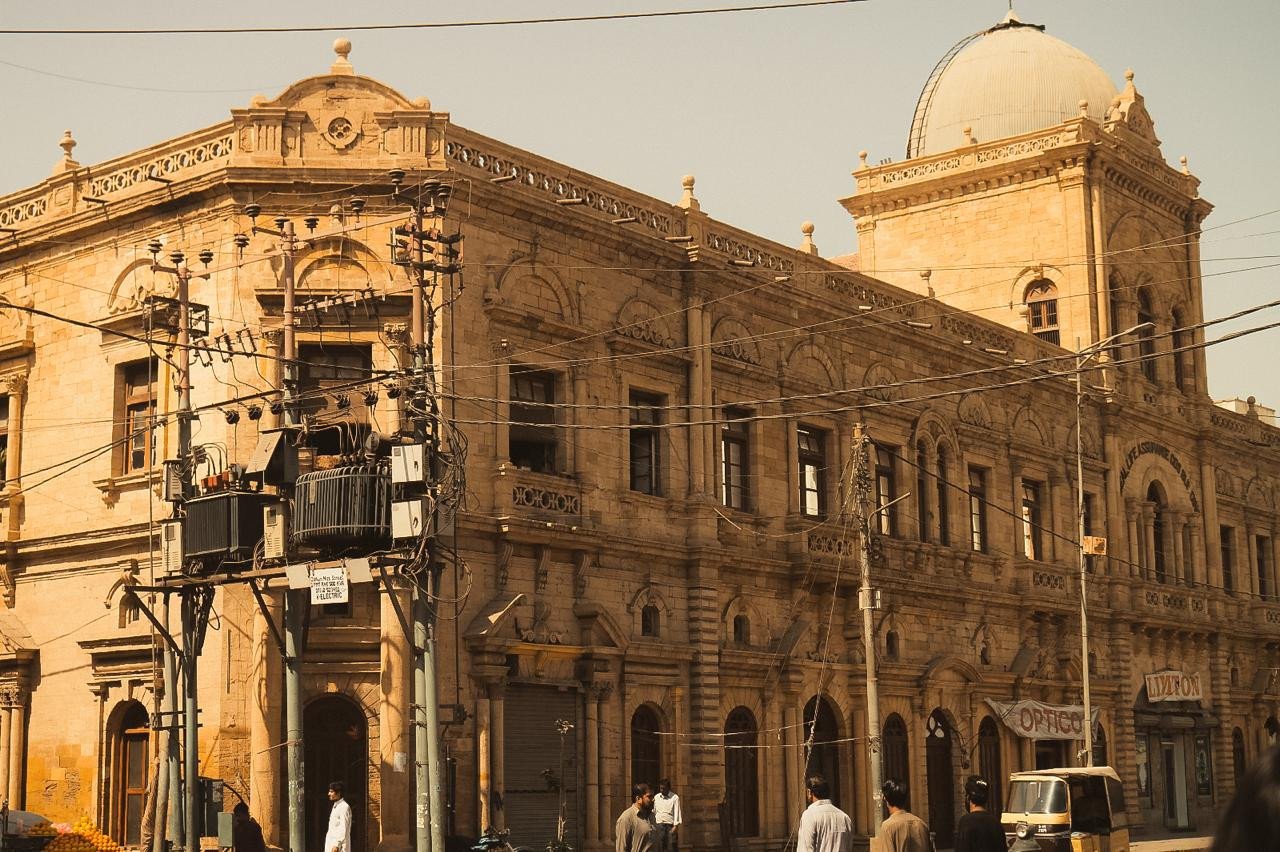
The participants were supposed to get art inspiration from the locations around them, and they did not disappoint.
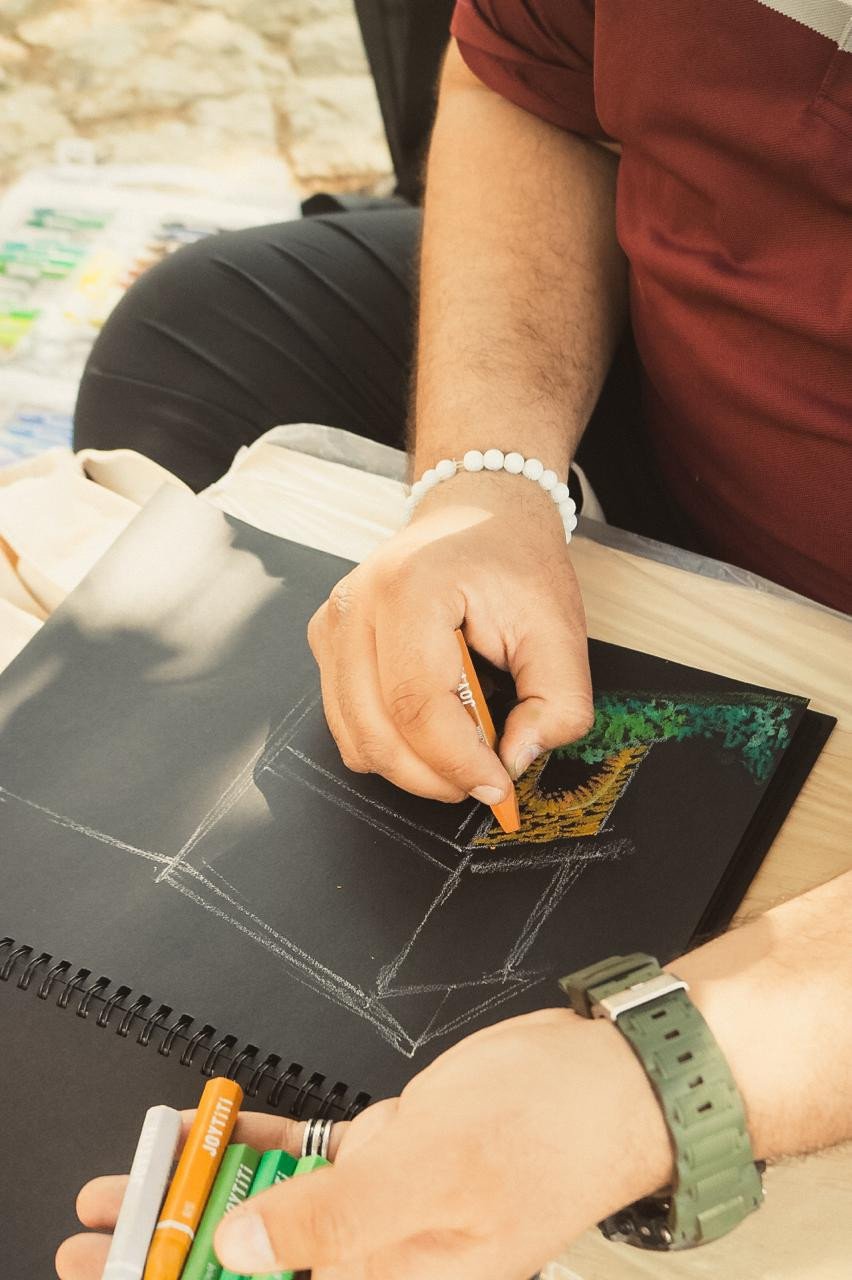
The first stop was Empress Market, a colonial-era relic built in 1889, once a symbol of British authority.
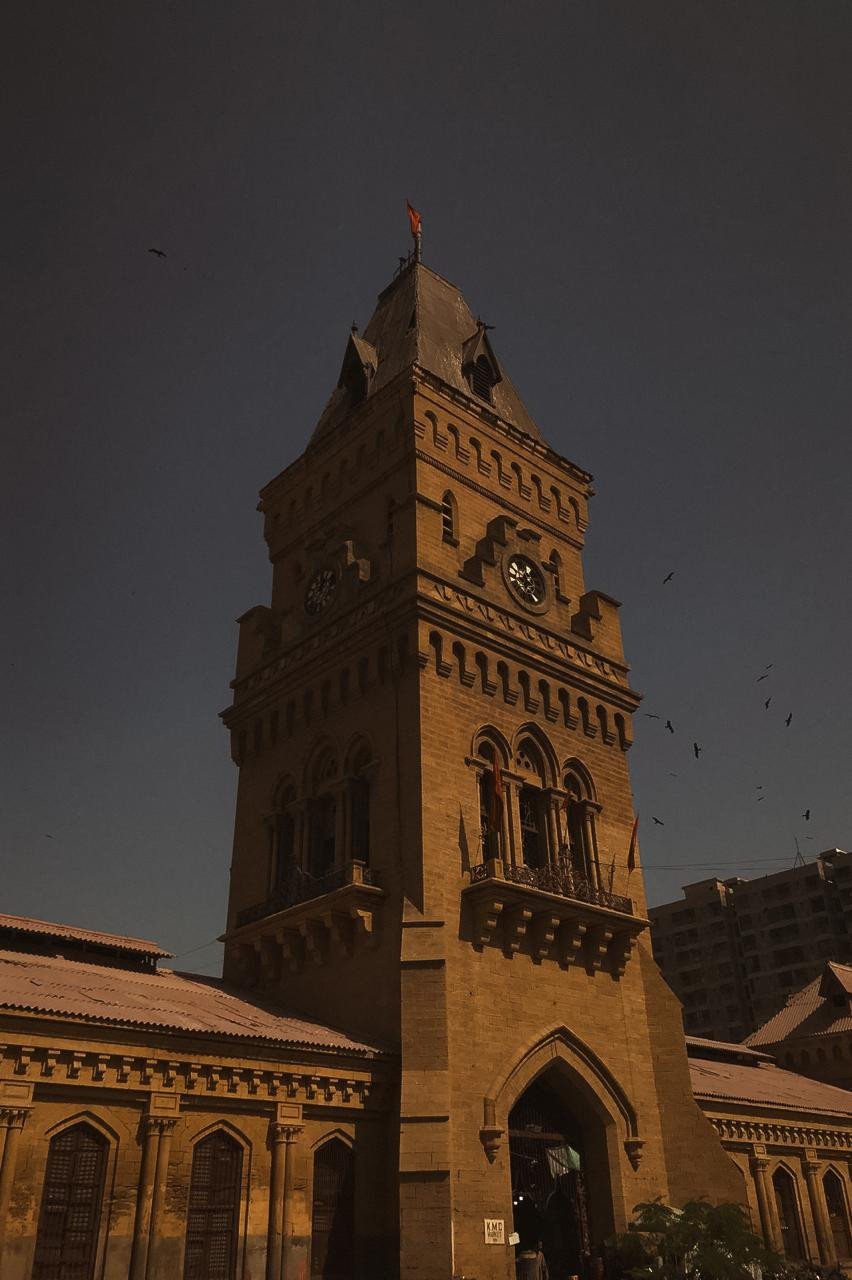
Now, it hums with the pulse of Karachi’s present: the aroma of coriander, the bright reds of chilies, and the everyday poetry of bargaining voices.
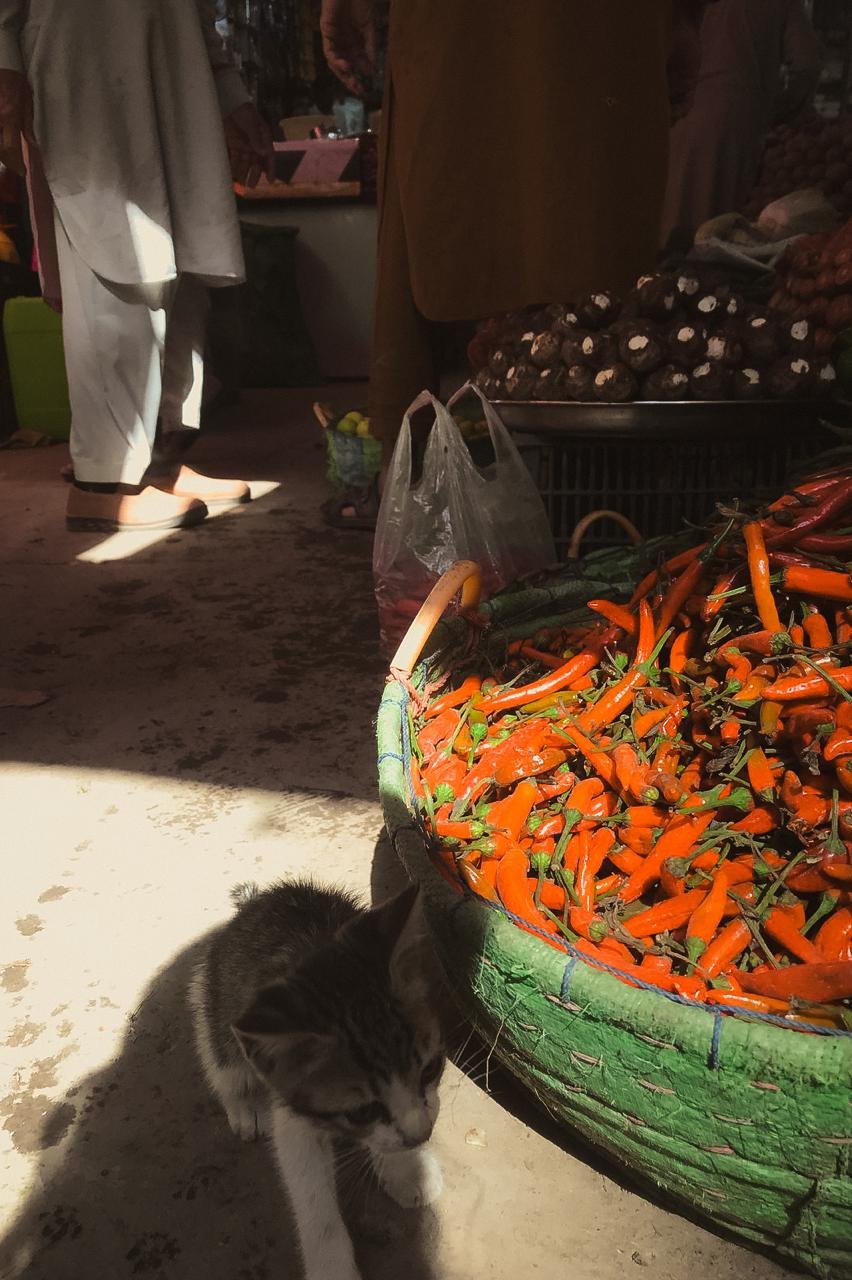
This place, in all its chaos, becomes a metaphor for the resilience of those who live in the spaces history forgot. It has also served as a cinematic backdrop in films like Armaan (1966), where Waheed Murad and Zeba’s moments captured the city’s raw vibrancy.
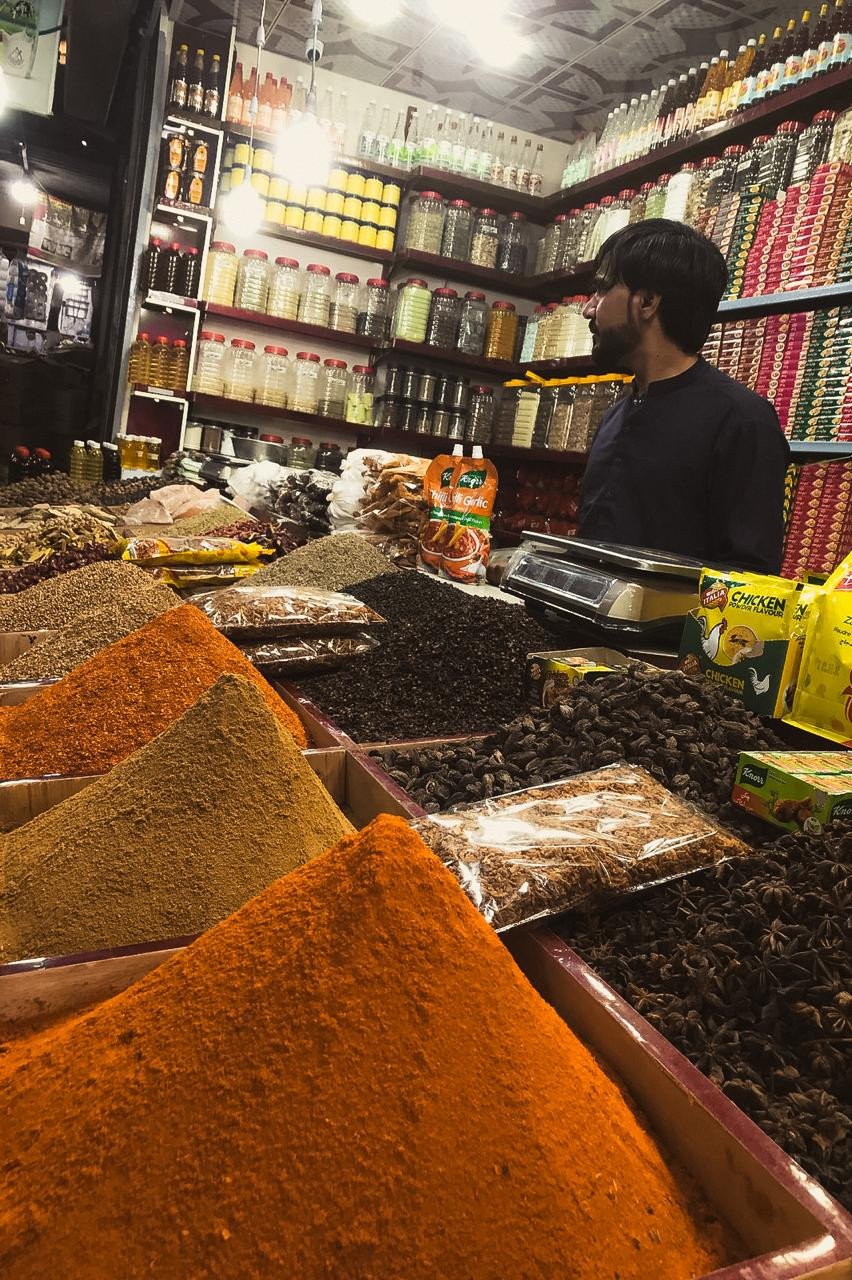
Moving toward Bohri Bazaar, the streets narrowed, but their stories expanded.
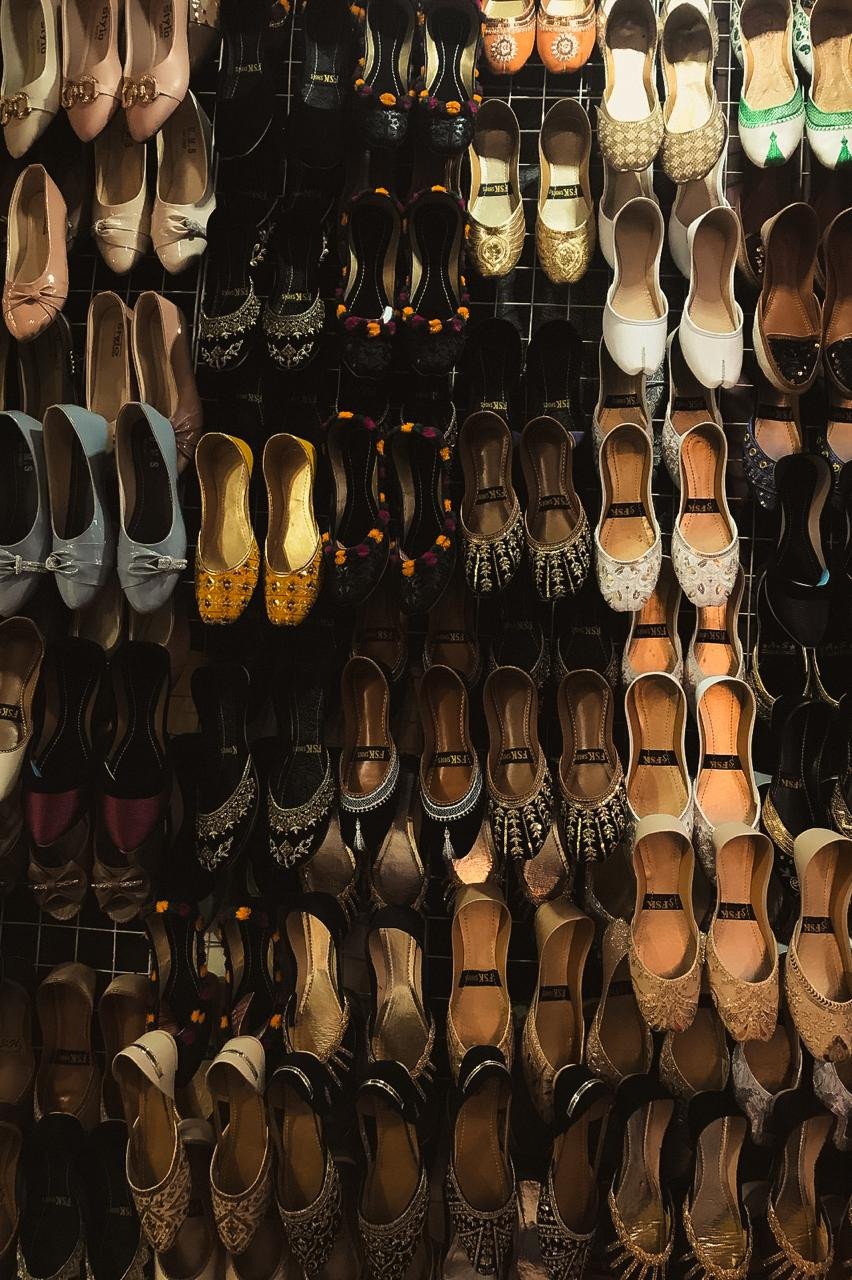
Every shopkeeper seemed like a custodian of memories, each offering threads of Karachi’s rich cultural tapestry. Near the Bohra Jamatkhana, an architectural gem for its community, the air seemed thick with unspoken reverence.
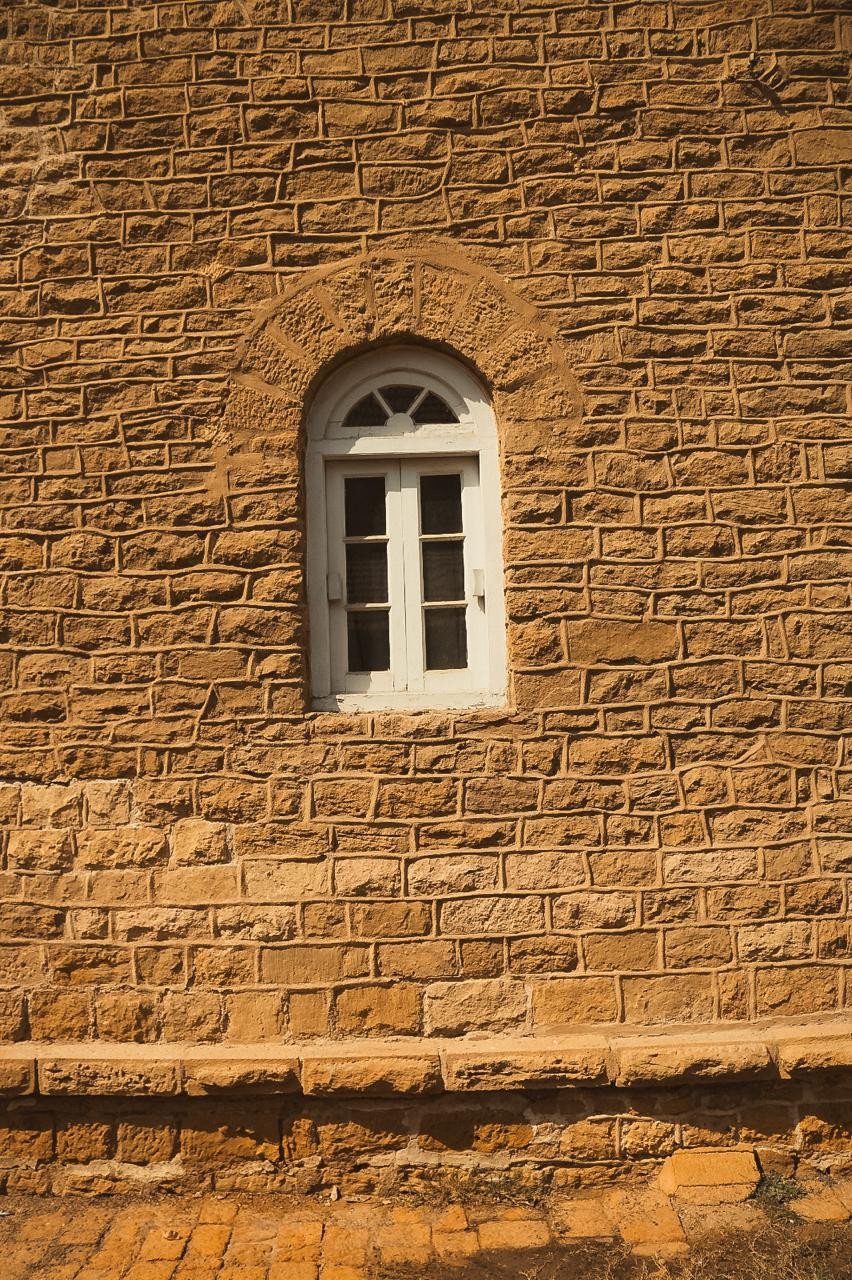
It was here I remembered Faiz Ahmed Faiz’s lines:
"Yeh daagh daagh ujala, yeh shab-gazida sehr,
yeh woh sehr to nahin, jiski arzoo lekar,
Chale thay yaar ke mil jayegi kahin na kahin."
(This blemished light, this night-bitten dawn—this is not the dawn we longed for, the one we set out for.)
In these words, the ache of promises unfulfilled echoed against the walls, yet hope shimmered through every crack.
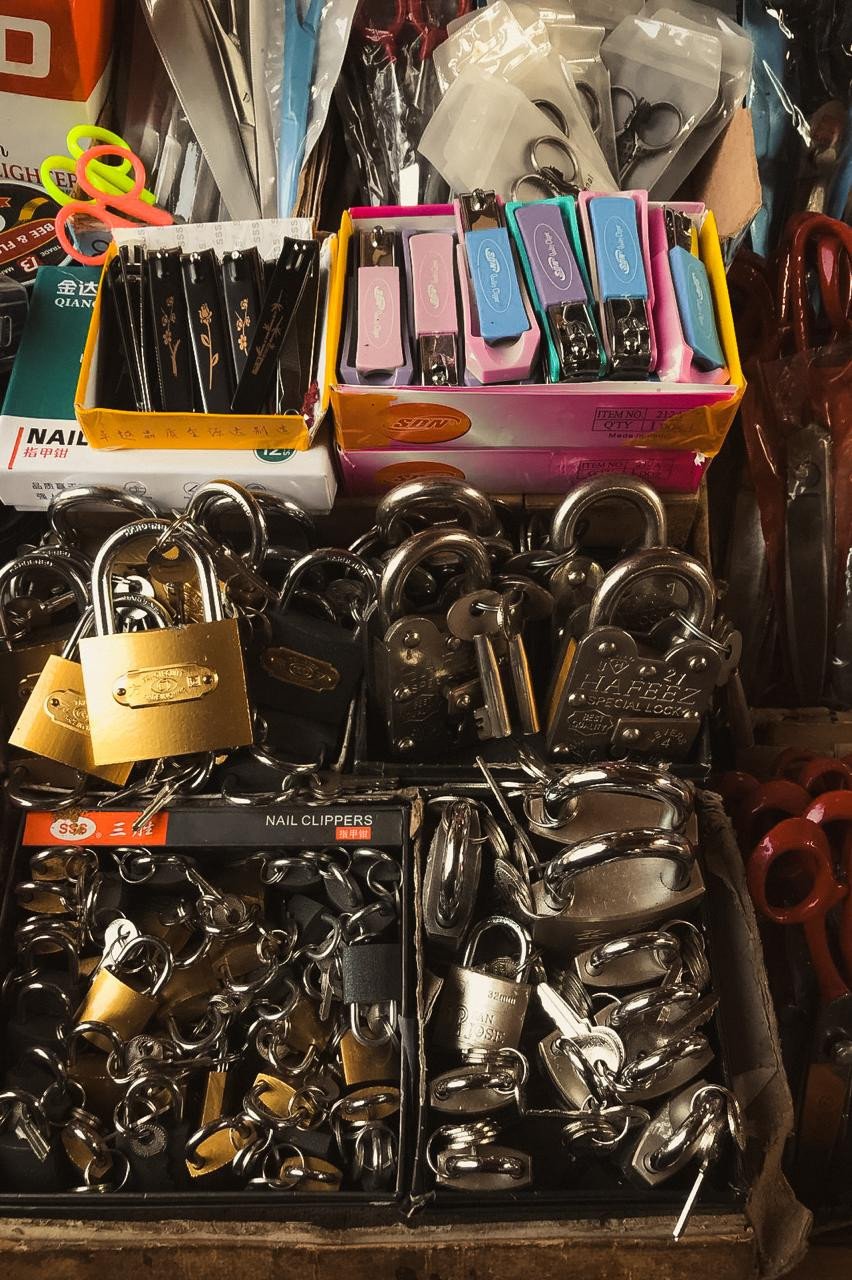
The Iranian Tea Market was warm with familiarity—chipped cups of steaming chai, the clink of spoons, and conversations stretching like the steam from the tea itself. There, strangers become companions, and stories are traded more generously than coins.
Passing by dhabbas, I watched a man pour chai with practiced grace, and it struck me how this simple beverage has become a metaphor for love in our nation.
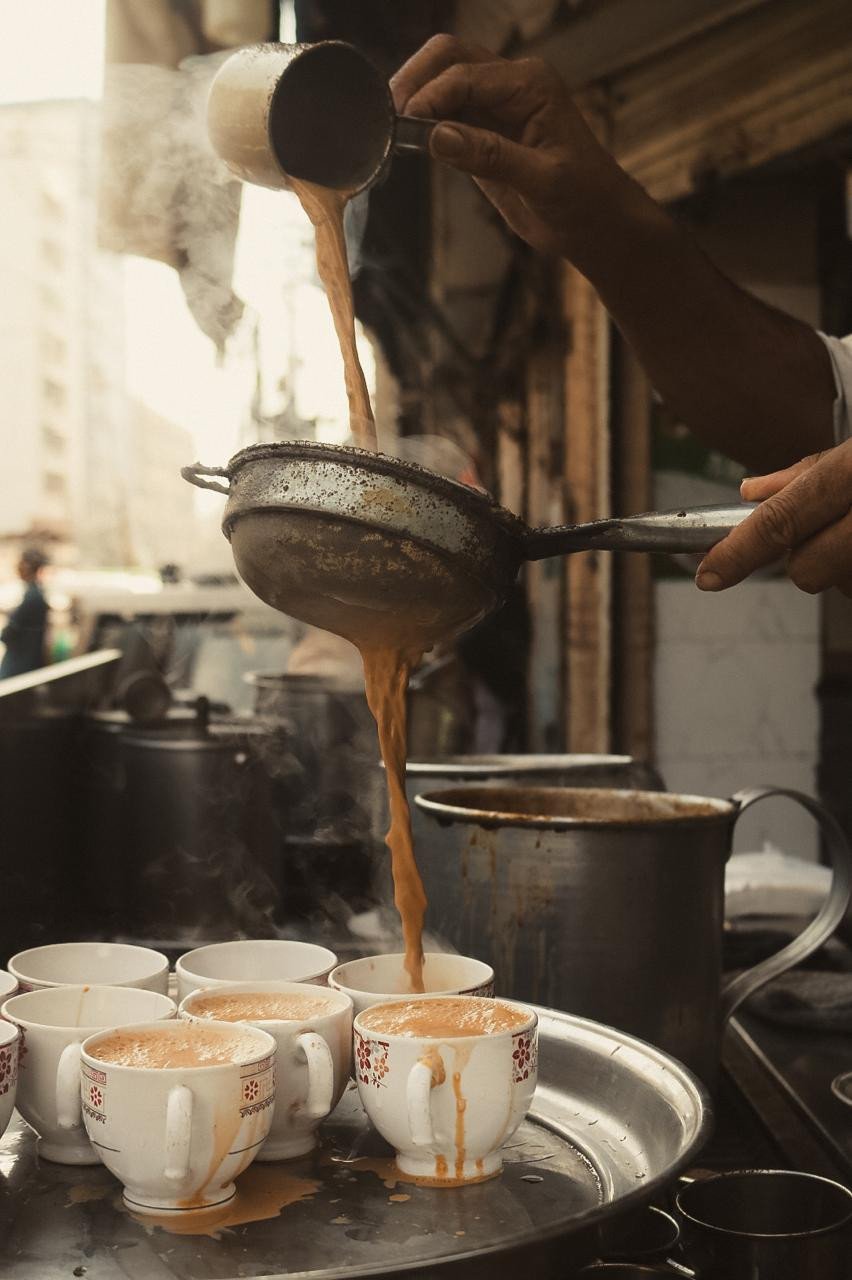
Chai comforts, brings people together, and, like love, it simmers slowly before it warms you to the core.
In Saddar Bazaar, life moved like an unstoppable river—chaotic, loud, yet comforting. Among the crowd, I noticed stray cats, initially wary, their eyes reflecting a lifetime of survival. Yet, with a soft touch and patient presence, they melted into affection, embodying a silent lesson in empathy.
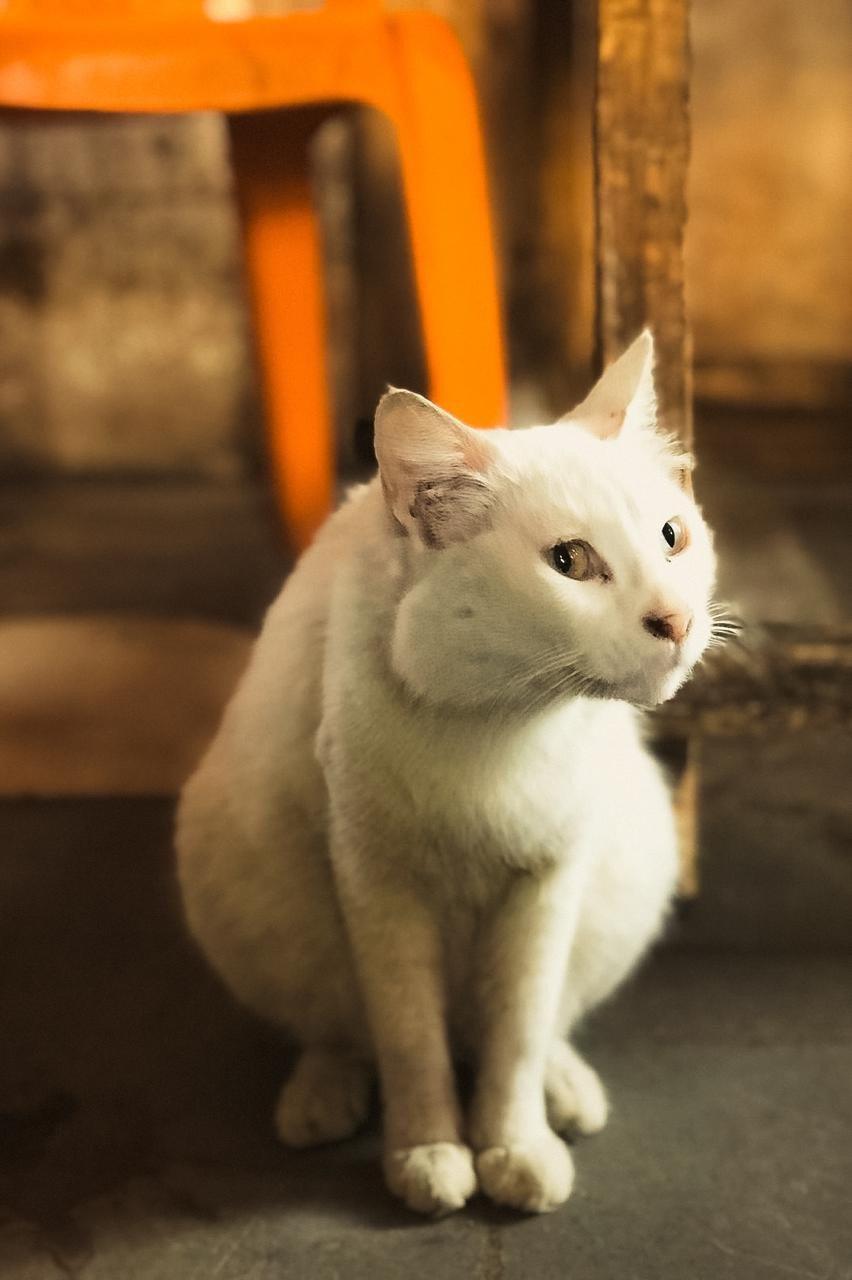
If we, as a city, nurtured such gentleness towards our animals, perhaps it would ripple outward, softening the city’s hard edges.
Signature public buses, vibrant with wild patterns and metallic embellishments, roared through the streets. Their chaotic, almost rebellious colors somehow fit perfectly into the city’s aesthetic—a moving testament to Karachi’s unapologetic character.
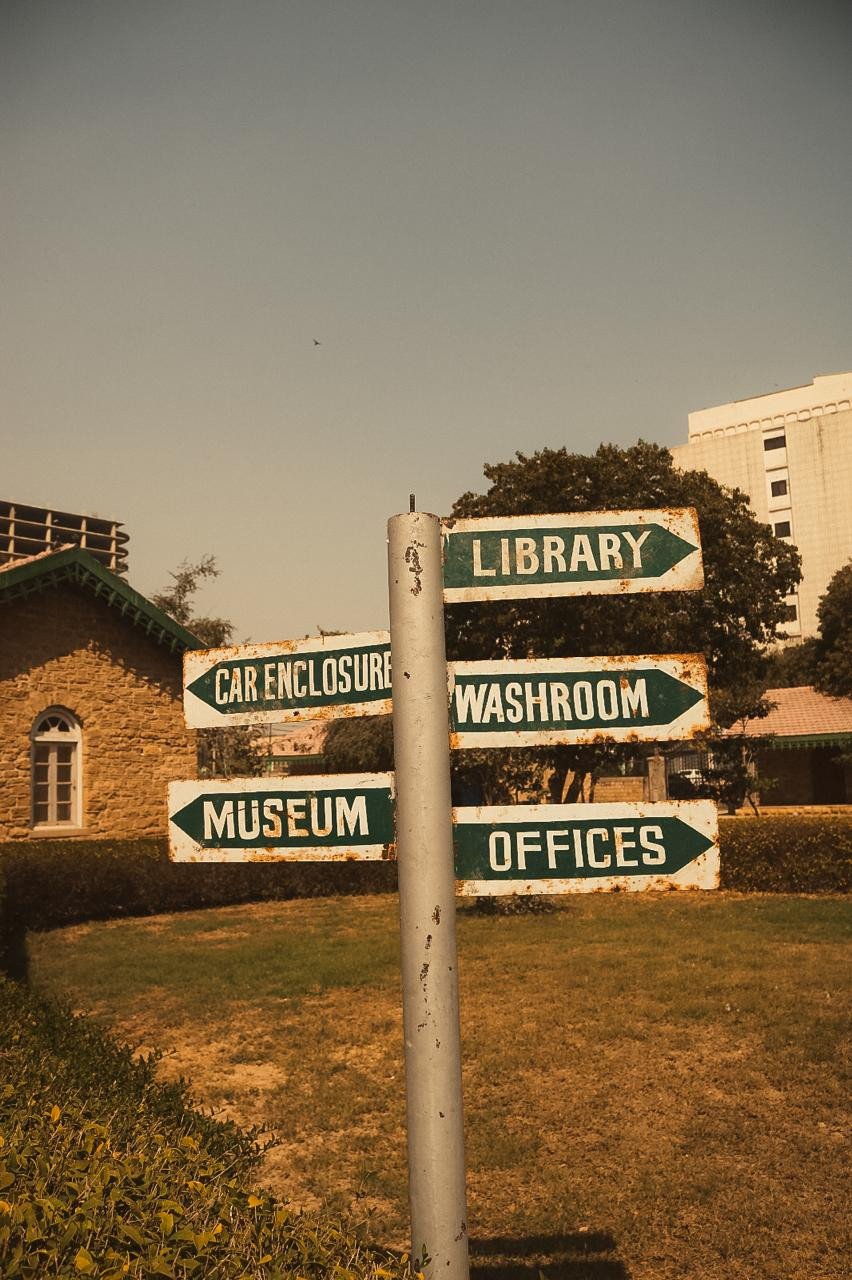
At Quaid-e-Azam’s residence, solemnity replaced the city’s usual chaos.
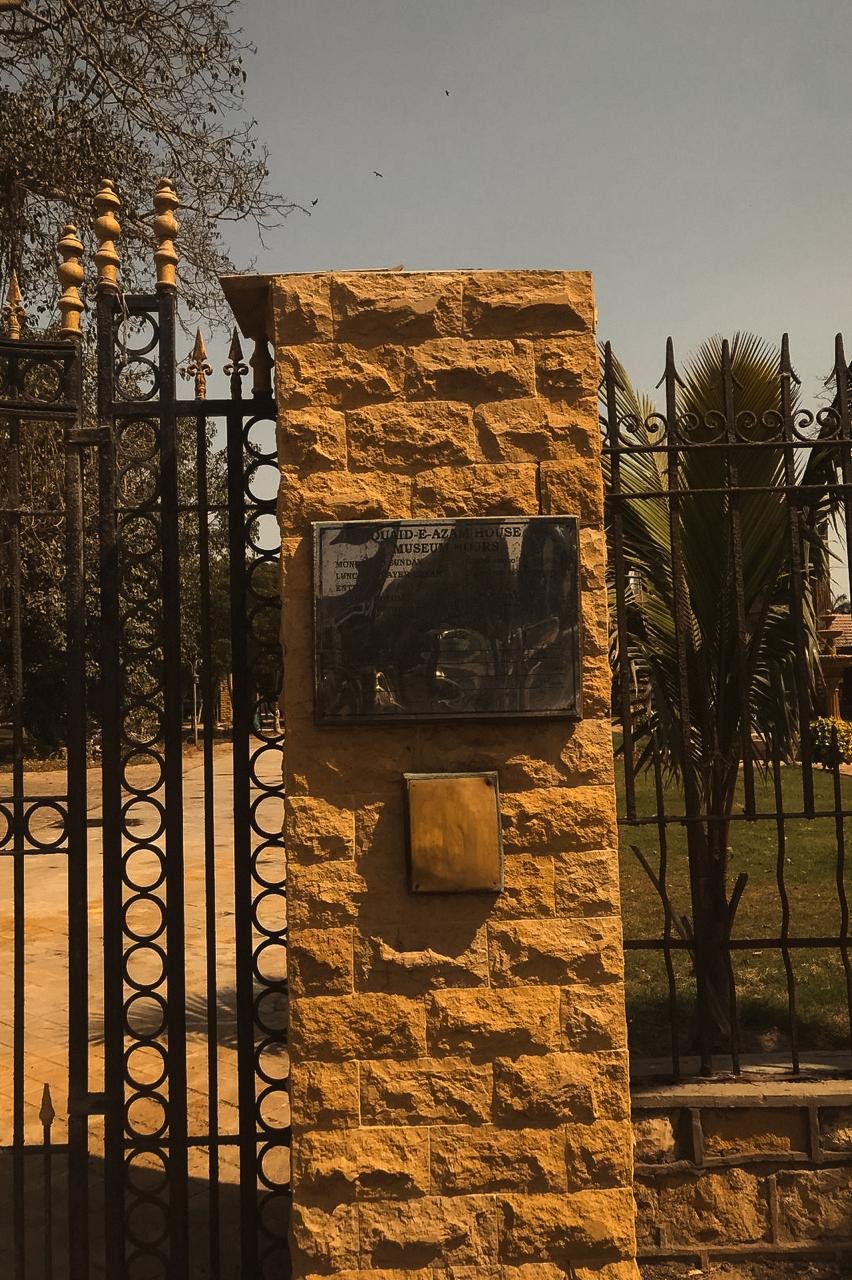
The air felt heavy with history, as if Jinnah’s quiet determination still lingered in the halls. Here, too, the echoes of a different Karachi—one filled with ambition and sacrifice—reminded me how often we forget the roots of the place we call home.
The final stop, Frere Hall, stood tall as a relic of colonial grace now reclaimed by the people.
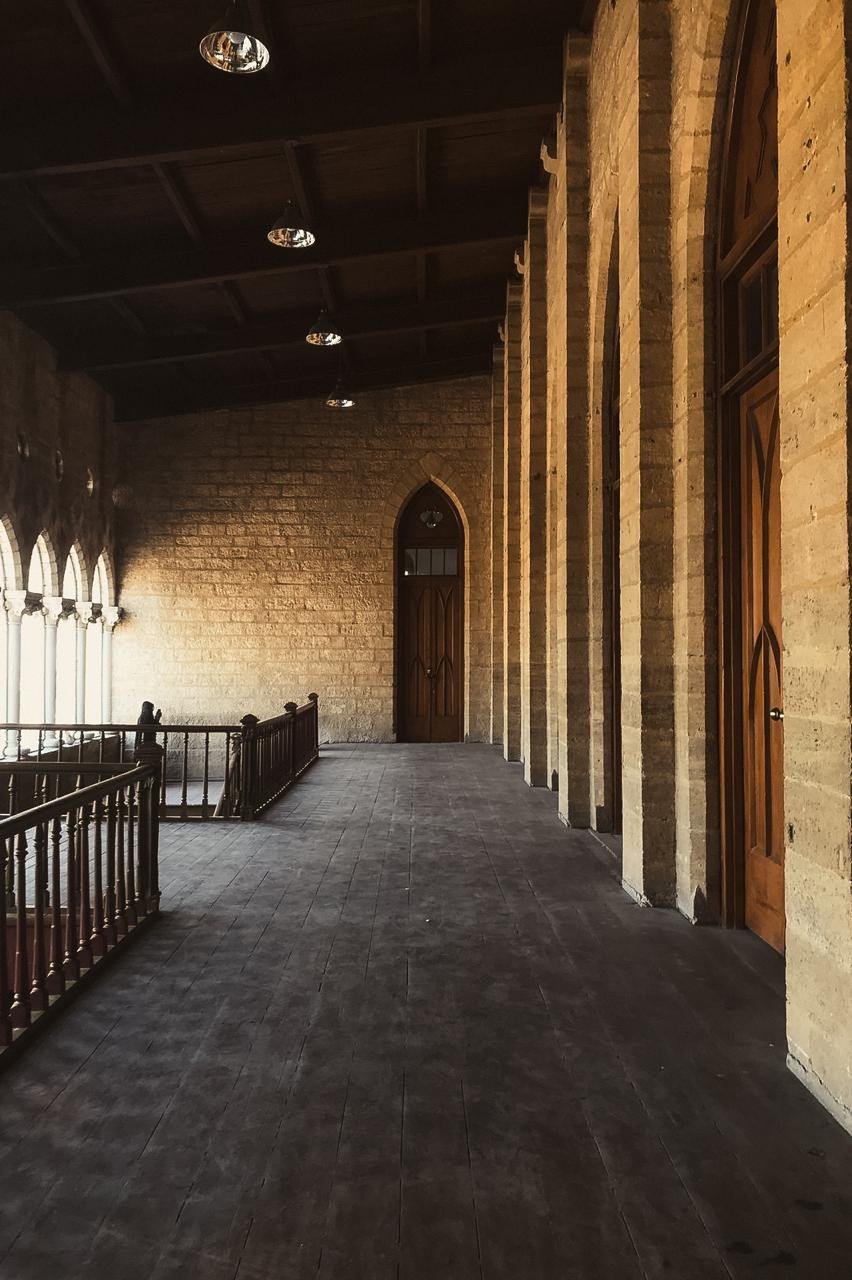
Inside, Sadequain’s murals stretched across the ceilings like prayers trapped in color, and Faiz’s poetry seemed to seep through the walls:
"Bol, ke lab azaad hain tere, Bol, zubaan ab tak teri hai."
(Speak, for your lips are free; Speak, your tongue is still yours.)
This location, too, has played its part in cinematic history. Scenes from Armaan were filmed here, the grandeur of Frere Hall adding layers of elegance and nostalgia to the film’s narrative.
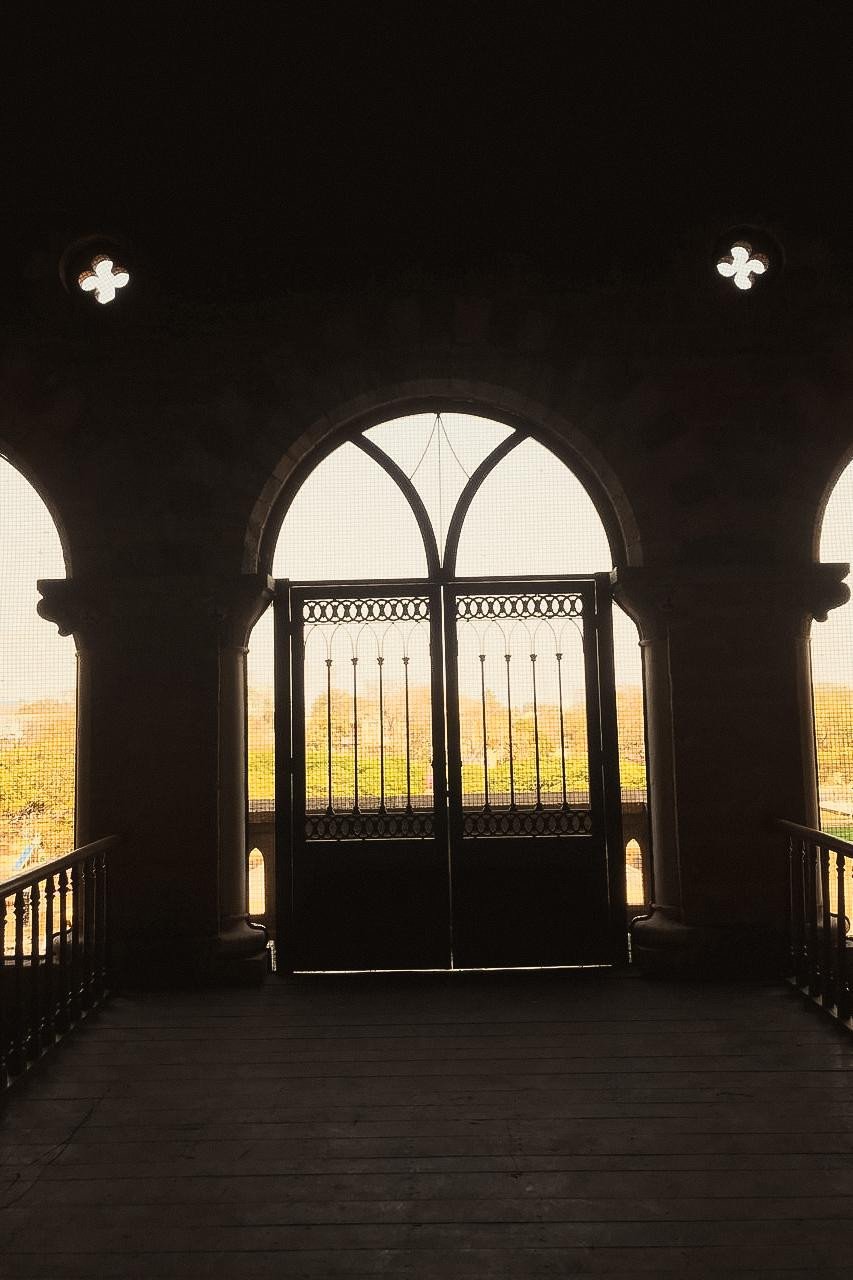
This is where the participants sat down and began pouring out all the artistic inspiration they had gathered along the way. I wandered around with my camera—still a tool I'm inexperienced with—capturing pictures of everyone and their art.
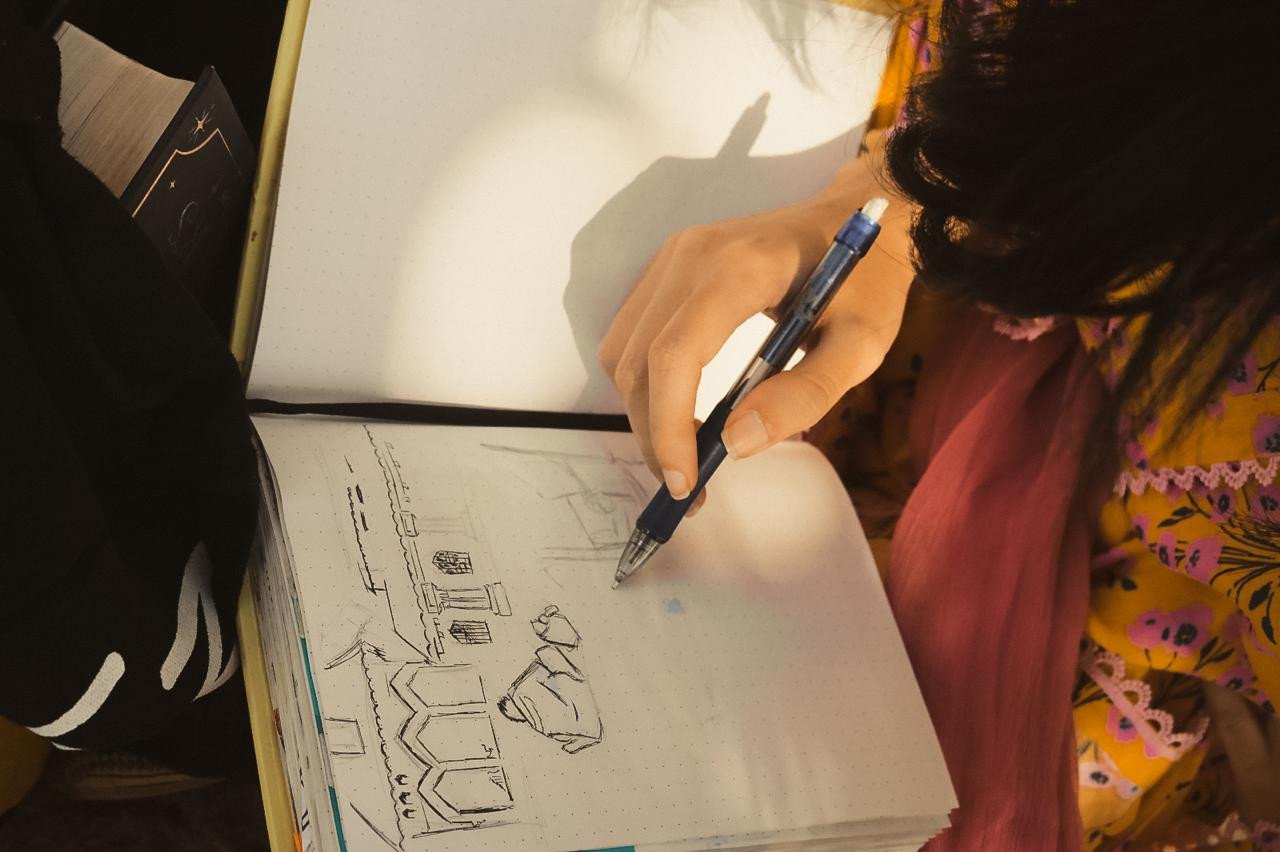
I couldn’t help but notice how my writer’s block, which had persisted throughout the week, almost immediately lifted. This is the magic of the city I was talking about.
This city, for all its exhaustion, urges us to speak, to remember, to belong. It’s also heartening to see Gen Z tracing their roots, uncovering forgotten stories of Karachi’s past—an effort to reconcile history with identity in the age of disconnection.

Karachi, to me, is like a relationship that evolves, stretches, and bends—but never truly breaks.
It has lived through riots, neglect, and abandonment, yet it continues to shelter, to inspire, to endure. It is in the fresh vegetables at Empress Market on a Saturday morning, the vivid colors of masalas reminding you of your mother’s touch, who always knew which spice could elevate a dish but never quite knew when to leave and shut the door behind her.
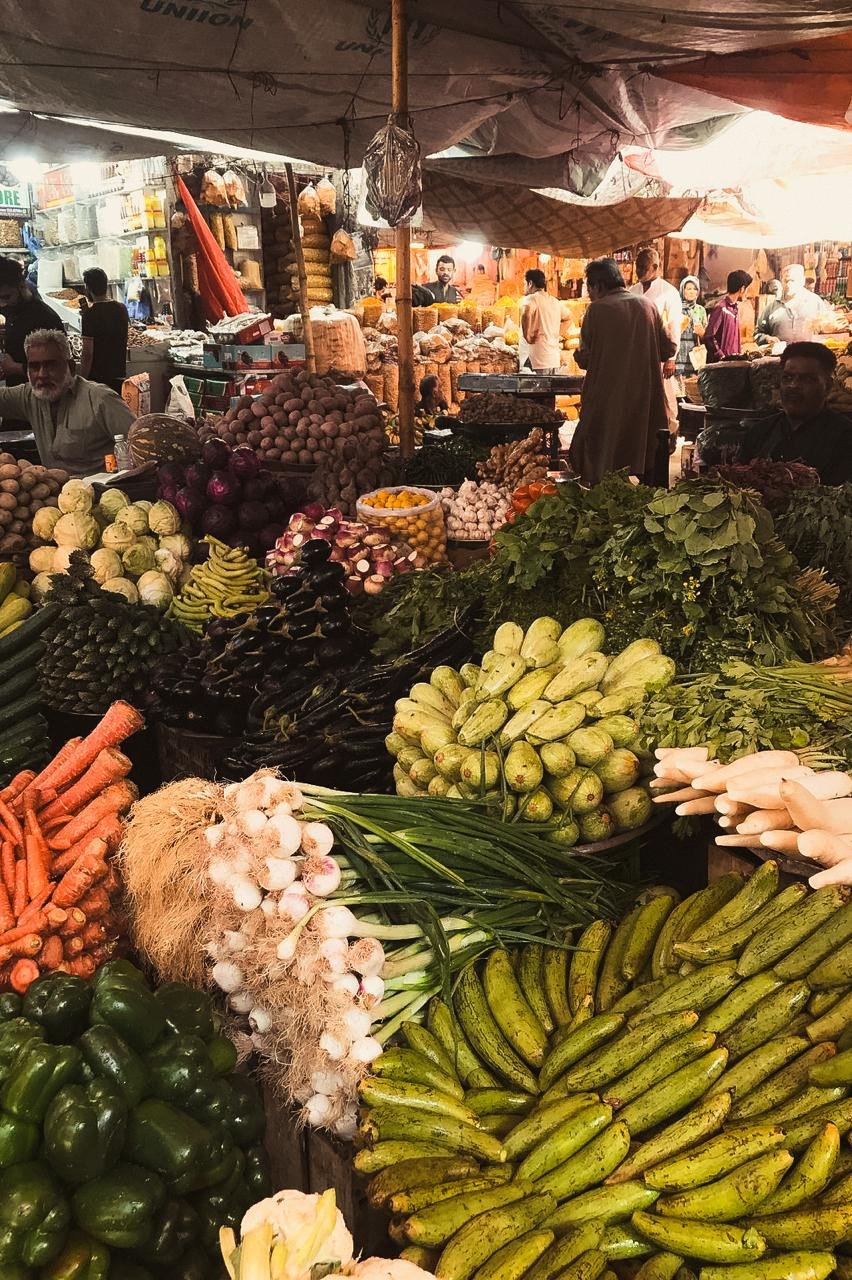
Yes, Karachi is tired.
Neglect wears heavy on its shoulders, and the dreams of its people often drown in its relentless traffic and noise. But beneath the smog, there remains a stubborn beauty—an unwavering pulse that refuses to fade.
I fear, though: what if, one day, this city, too, grows too tired? What if the exhaustion weighs too heavily, and even Karachi stops trying?
Until that day comes, I will keep walking these streets, gathering its stories, and remembering that beneath the dust, this city still breathes poetry in every corner.
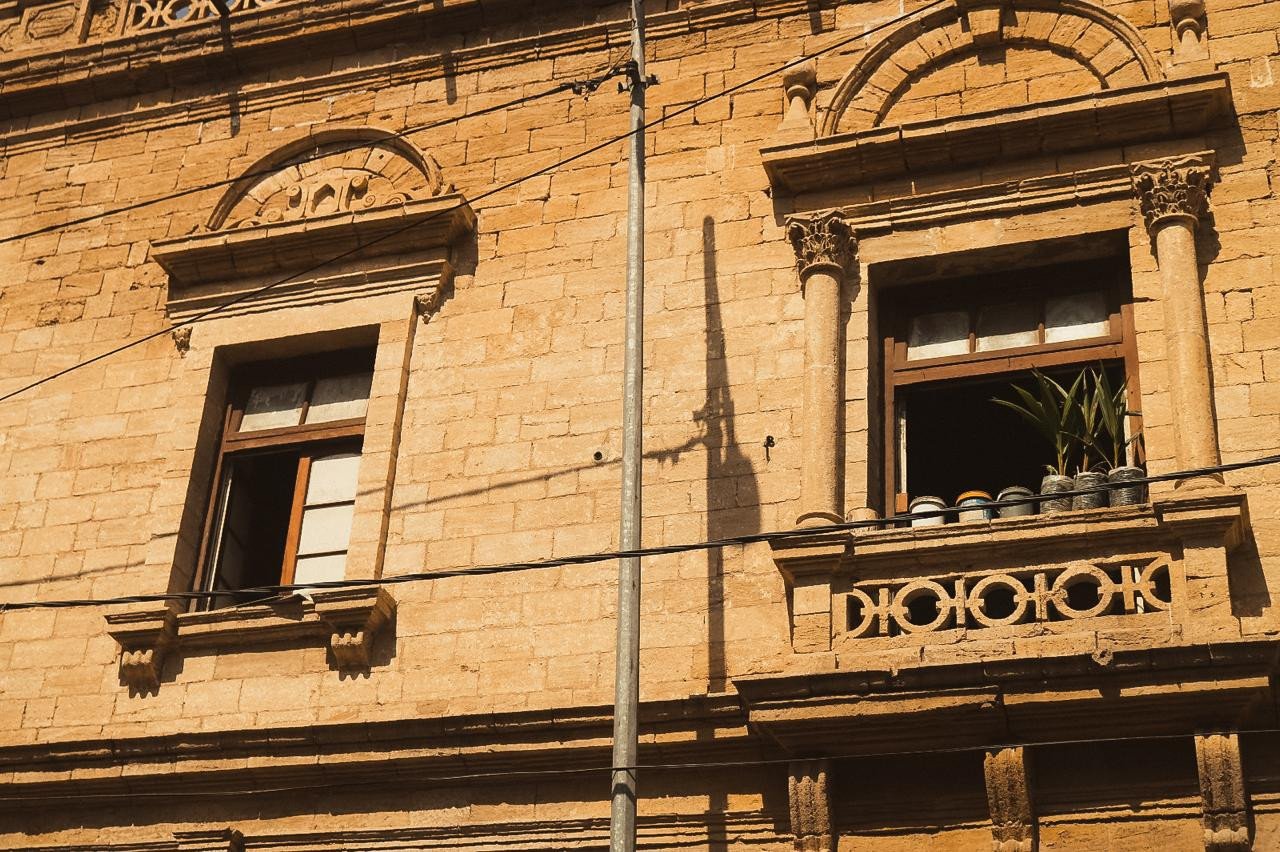

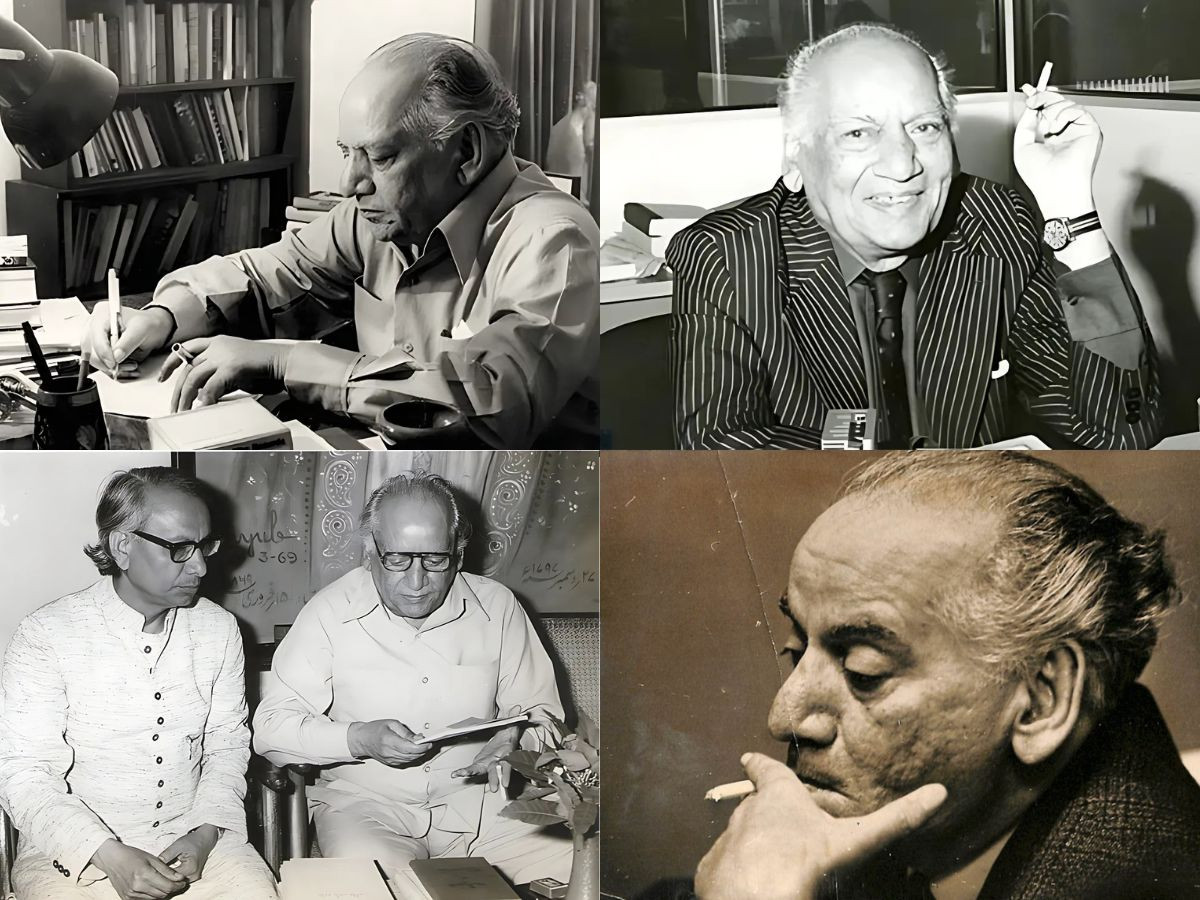
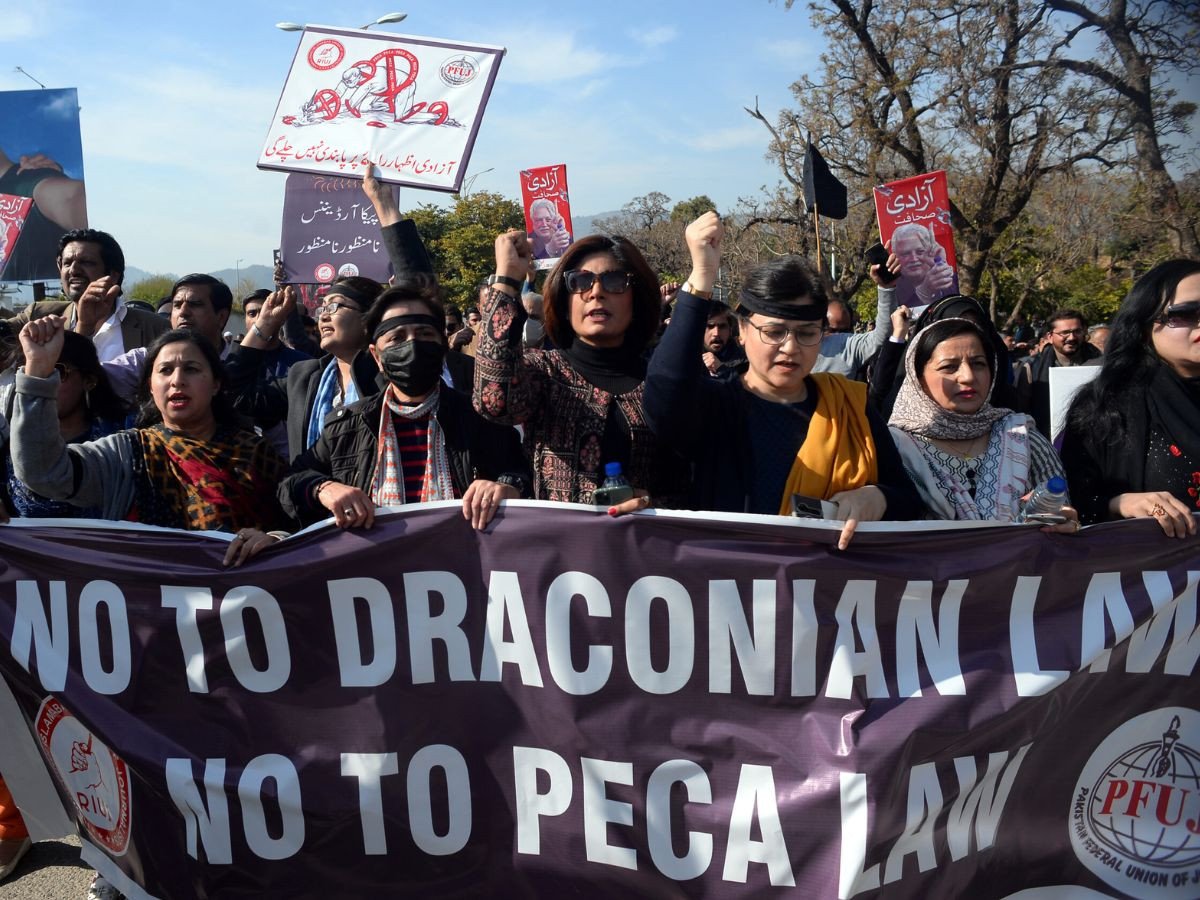
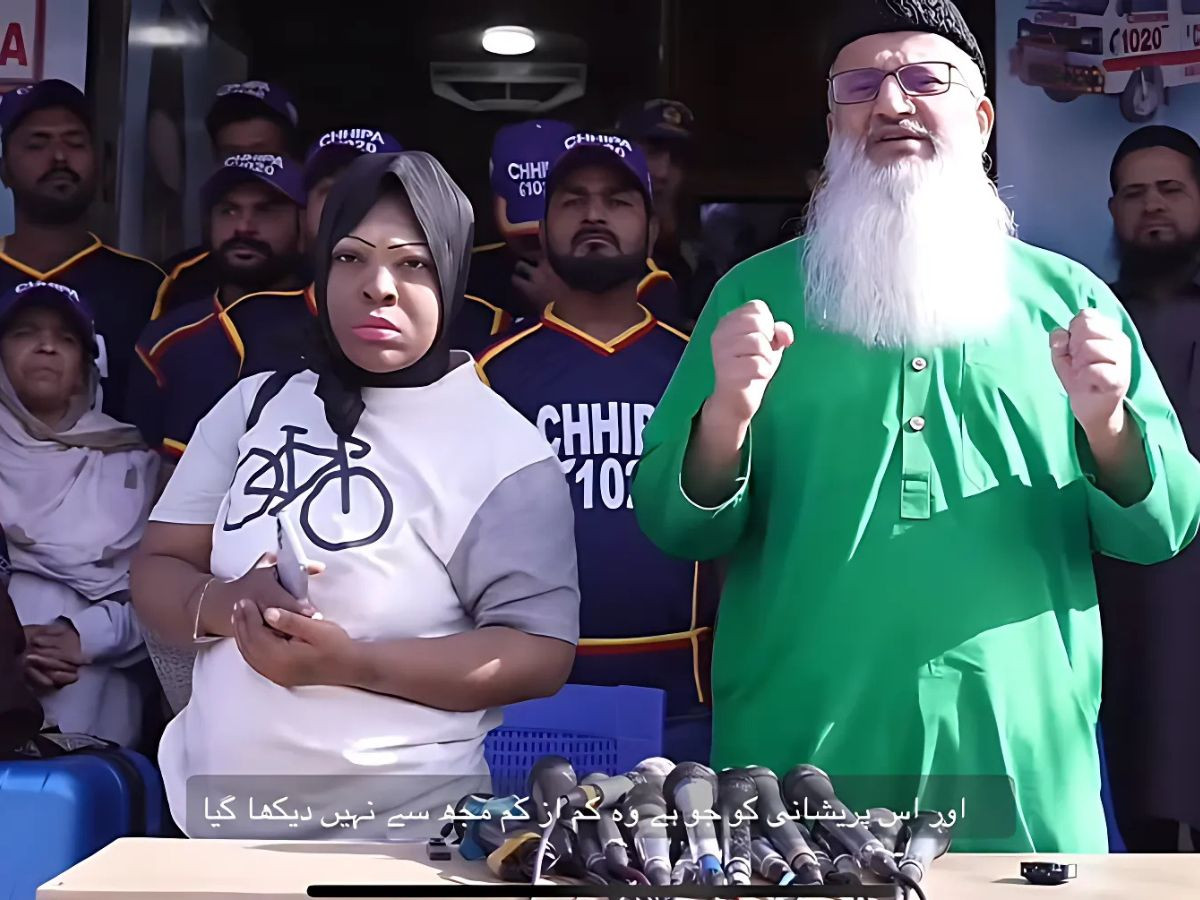
COMMENTS
Comments are moderated and generally will be posted if they are on-topic and not abusive.
For more information, please see our Comments FAQ